|
A family of Sandhill Cranes returning to White Water Draw at 12:15 pm December 19th after a morning spent foraging for corn. Canon EOS 6D, EF 100-400mm IS II at 400 mm, ISO 200, f/5.6 at 1/1000 sec. I traveled to White Water Draw (WWD) with a friend on December 19th. Although NANPA (North American Nature Photography Association) buddies had reported "no Sandhill Cranes at WWD on Friday the 13th" we found close to 5,000 cranes returning from the cornfields around noon on the 19th. Yes, they have returned! The water at the draw was very high, right up to the elevated berm and walkway, with the cranes roosting either very far to the north out of sight at the far edge of the water, or to the right of the observation decks, toward the east. The cranes did not begin to return until 11:45 am, and at least one birder we met had already left for Wilcox, convinced that the cranes were no-shows. So if you go to WWD (which I recommend) pack hot coffee and a lunch and be patient. Before the cranes made their entrance, we saw at least 3 Northern Harriers hunting over fields to the west, and with occasional "close encounters" over the trail. Let's start with the Harriers. For the photo geeks: All photos shot with either a Canon 7D Mk II or 6D with Canon 100-400mm IS II, with or without 1.4 extender, hand held with a Stedi-stock. With both Canon bodies autofocus (in Servo mode) was an issue, even though the 7D Mk II has more focus points and more advanced autofocus algorithms. Either camera would often lock onto the background hills or utility poles. All post-production work done in Adobe Photoshop Lightroom Classic. Northern HarriersNorthern Harriers are raptors present throughout North America, breeding in the north central U.S. and into Canada, and wintering to the south, including Arizona. They feed on small mammals and birds, and have a distinctive hunting behavior, cruising low over fields with their head angled down at 90 degrees. Unlike other hawks they depend on auditory as well as visual cues to find prey, and have facial discs similar to owls. They have the ability to hover over their prey before diving for the kill. Thus their name was borrowed by the British for the Harrier Jump Jet, developed in the 1960's. The image above is a harrier cruising over the fields to the west of the trail. There is image distortion from rising thermals from the warming fields. In the image below, two harriers are hunting the same area. There were at least 3 harriers that morning working in close proximity, along with a fourth that looked like it might be a Red-tailed Hawk. Below is an image of a Northern Harrier looking for lunch. We can see the head angled down, hints of the facial disc, and distinctive white rump patch. Images below, a harrier landing on a small tree. Images below, a Northern Harrier landing on what looks like tumble weed. Last image shows better detail of the facial disc. Sandhill CranesSandhill Cranes breed far north into Canada and Alaska, migrating each year south to winter in Arizona, New Mexico, and parts of Florida. They mate for life, and travel as families. White Water Draw is a favorite place for winter populations, and a great place to see them, as is Bosque del Apache in New Mexico. At WWD they leave each morning, flying north to forage for corn left in the fields after the fall harvest. They return en masse between about 10 am and noon, signaling their arrival with a chorus of honking. They circle the draw several times, with family groups breaking off and coming in for a precise touchdown in a forever growing flock on the ground. In the image above, a family group of three coming in low at 11:45 am. In the image below, three distinct groups coming in, one foreground flying left to right, one higher in the frame coming straight at us, and the third, distant specs in the lower right of the frame. At times incoming flocks look like swarms of bees on the horizon. Below, a pair flying in with the mountains in the background. The 4 images below show cranes landing at the water's edge east of the observation decks. Below: back from a morning corn feast, time to get a drink of water and rest for the afternoon. The cranes will begin to leave for their flight back to Canada in February. For a good story on Sandhill Cranes at WWD, see this link from the Arizona Daily Star, January 2019. The Sandhill Crane is in the order Gruiformes, which contains three families, Rallidae (Rails, Gallinules, and Coots), Aramidae (Limkin), and Gruidae, the cranes, which contains two species, the Sandhill Crane and the Whooping Crane. For more on the Whooping Crane, see this post from our trip to the Texas Coast last April. Say's PhoebeSay's Phoebe is a medium sized flycatcher of the western U.S. that lives in Arizona year round, but also migrates north as far as Alaska for breeding, wintering as far south as southern Mexico. They eat almost exclusively insects including beetles, grasshoppers, crickets, dragonflies, and spiders. Winter location depends on food availability, so there must be enough insects at WWD to keep them here. The bird here may be getting bugs from the branch. Black PhoebeThe Black Phoebe is flycatcher related to Say's Phoebe. It lives year round in SE Arizona and western New Mexico, as well as the Pacific Coast and Mexico, almost invariably near water, important since their nests are built of mud. They eat insects on the fly. This bird was flying a route from branch to branch catching insects above the water. For the photo geeks: If you spot a Black Phoebe, wait and watch its behavior. They often forage for insects over water, and will run a route from branch to branch, often returning to the same branch on a circular route. Focus on the branch and wait for the birds return. A tripod helps. Eared GrebeThe Eared Grebe is a small waterbird with thin bill and a bright red eye, seen here in non-breeding plumage. They breed in colonies in shallow wetlands in the western U.S, and Canada. In the fall they head by the hundreds and thousands to salty inland waters, especially Mono Lake in California and the Great Salt Lake in Utah to stuff themselves with brine shrimp before heading farther south for the winter. During this feeding phase of their annual cycle they more than double their body weight, with the pectoral muscles shrinking to less than required for flight and the digestive organs growing. Before departure for wintering grounds the process reverses, with the digestive organs shrinking to one-fourth of peak size, and the heart and pectorals growing quickly to allow for flight. The grebe pictured here was kind enough to float by us at relatively close range. These are almost full frame shots with the 7D Mk II at 400 mm, ISO 160, f/6.3 at 1/1000 sec. That's all for now! Best wishes for 2020! Happy Trails.
0 Comments
|
AuthorHenry Johnson, photographer and author of this site. For more detail, see About
Categories
All
Archives
July 2024
|
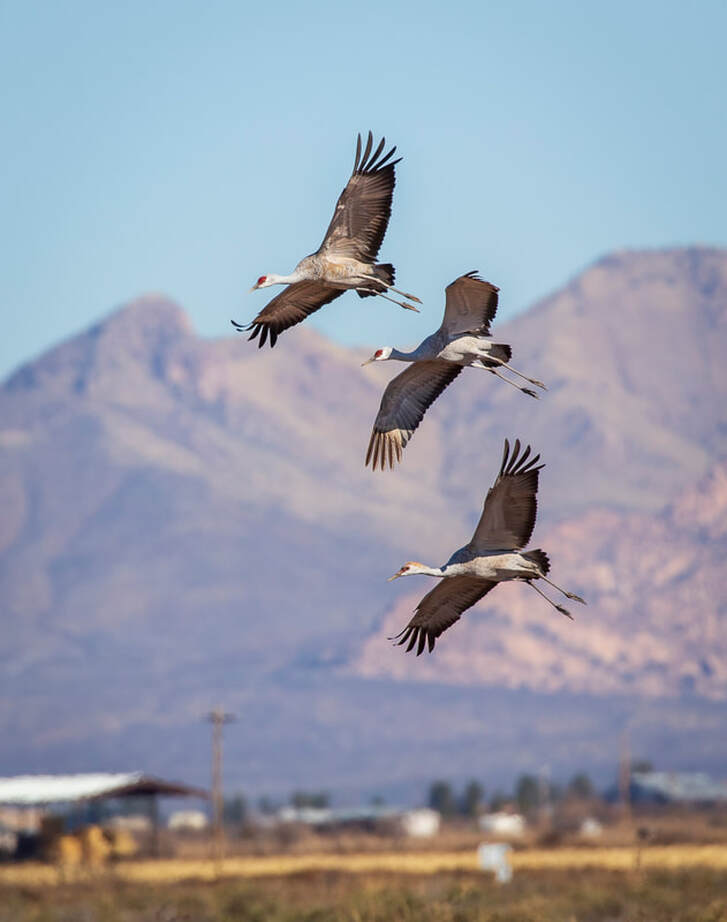
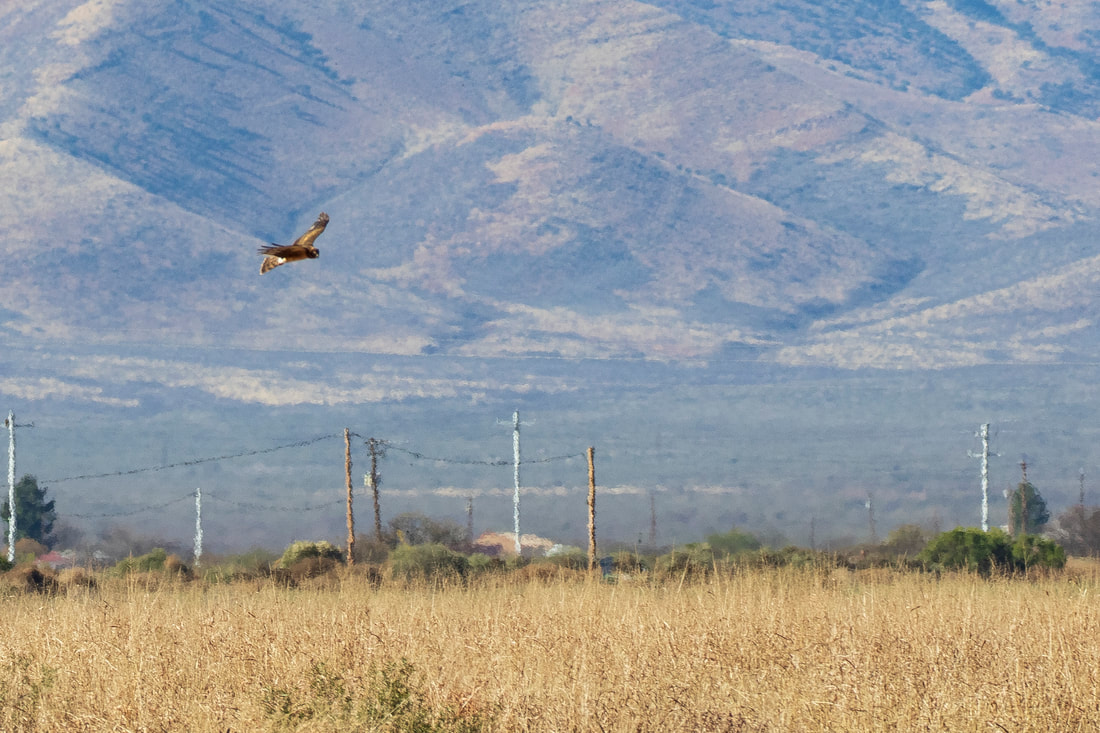
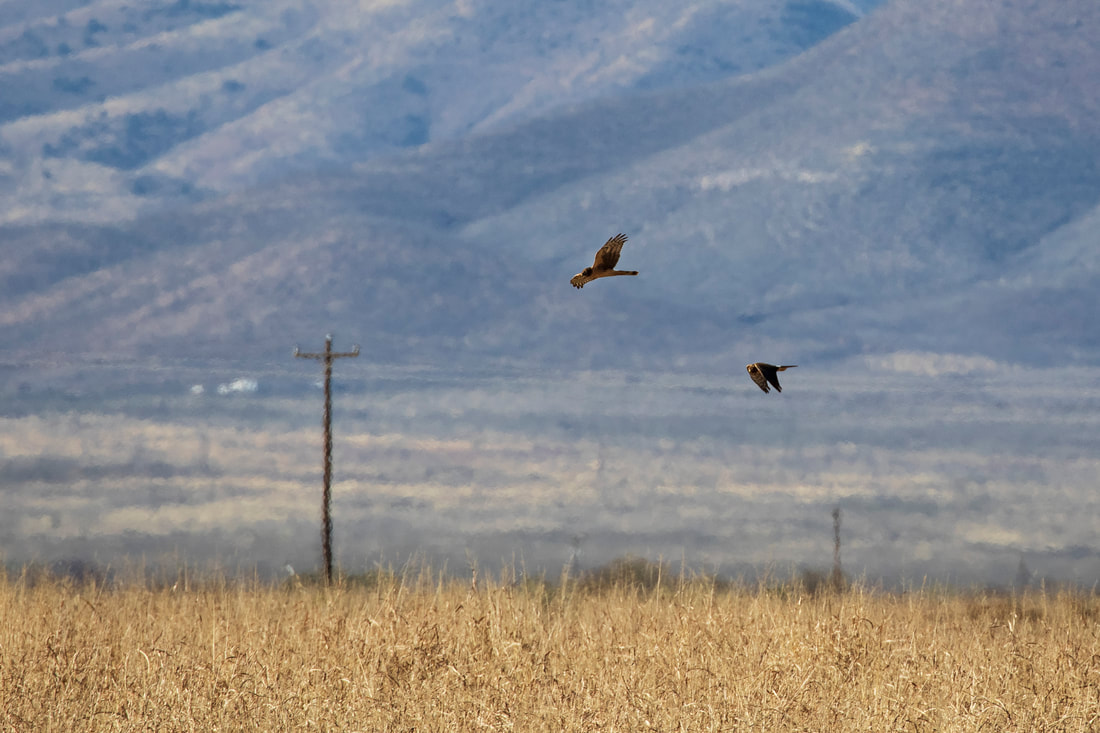
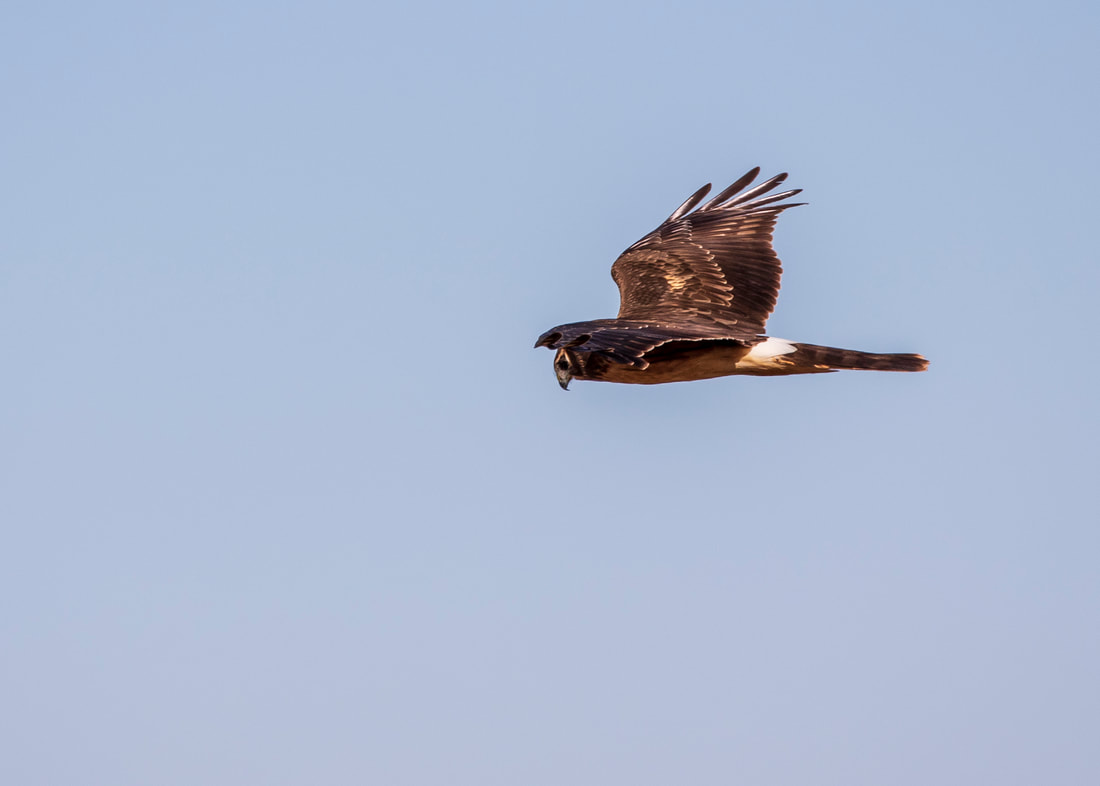
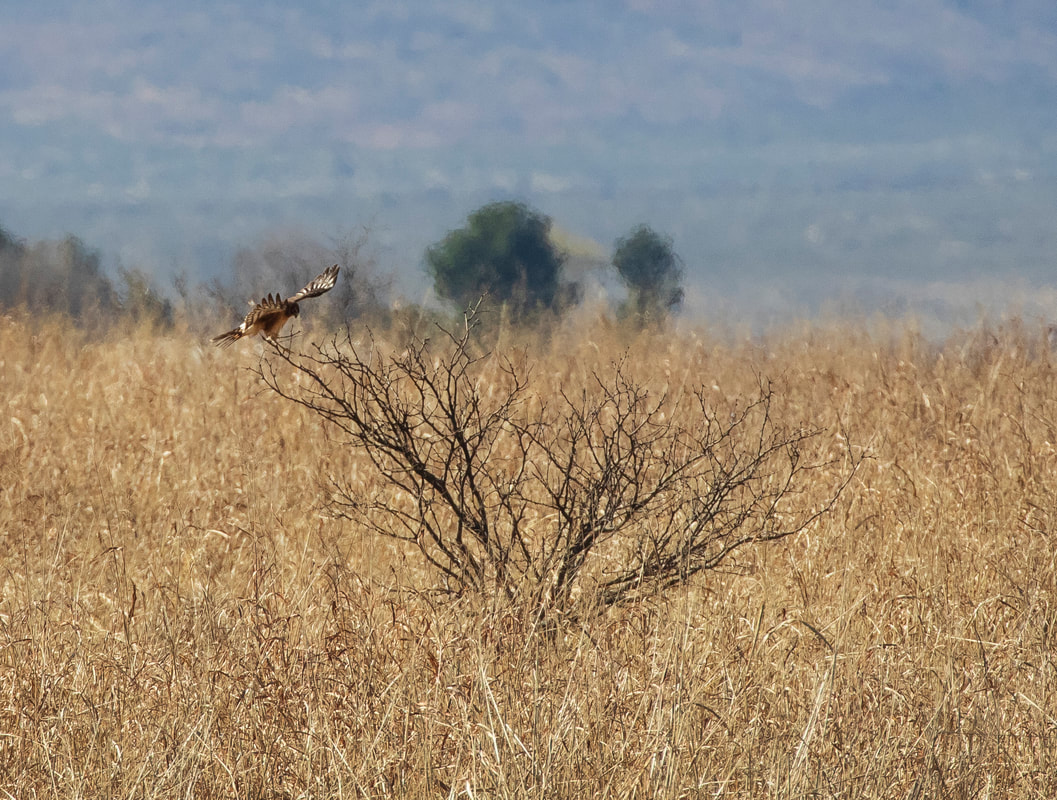
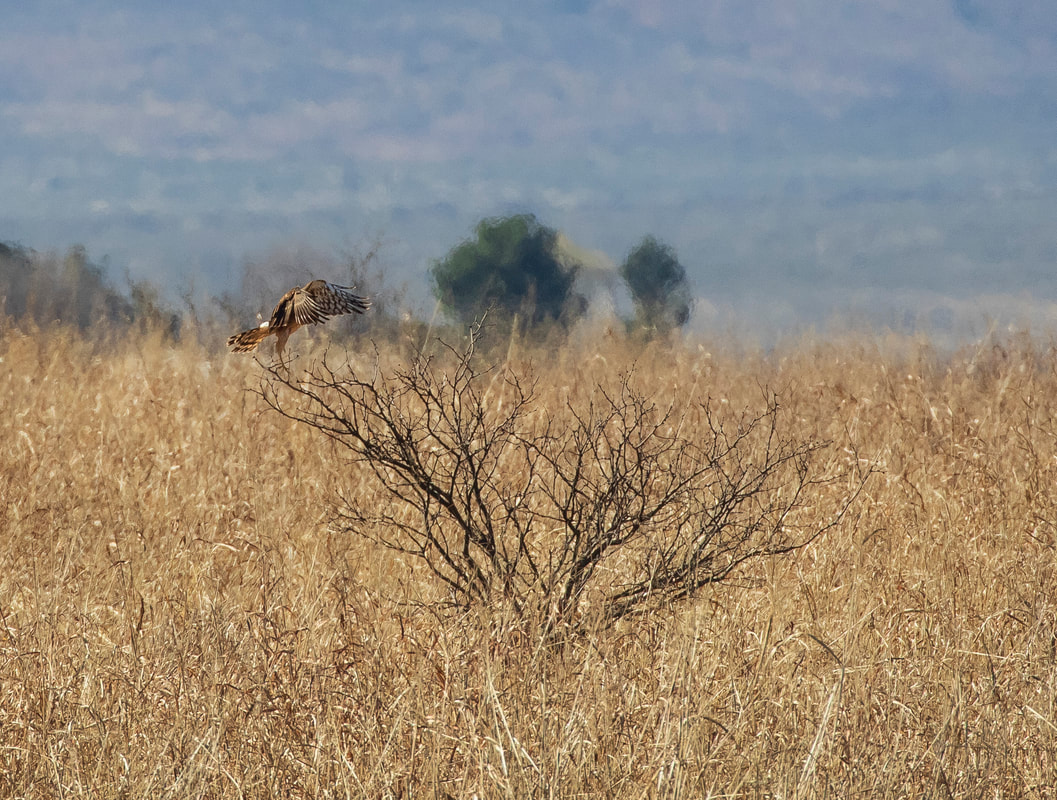
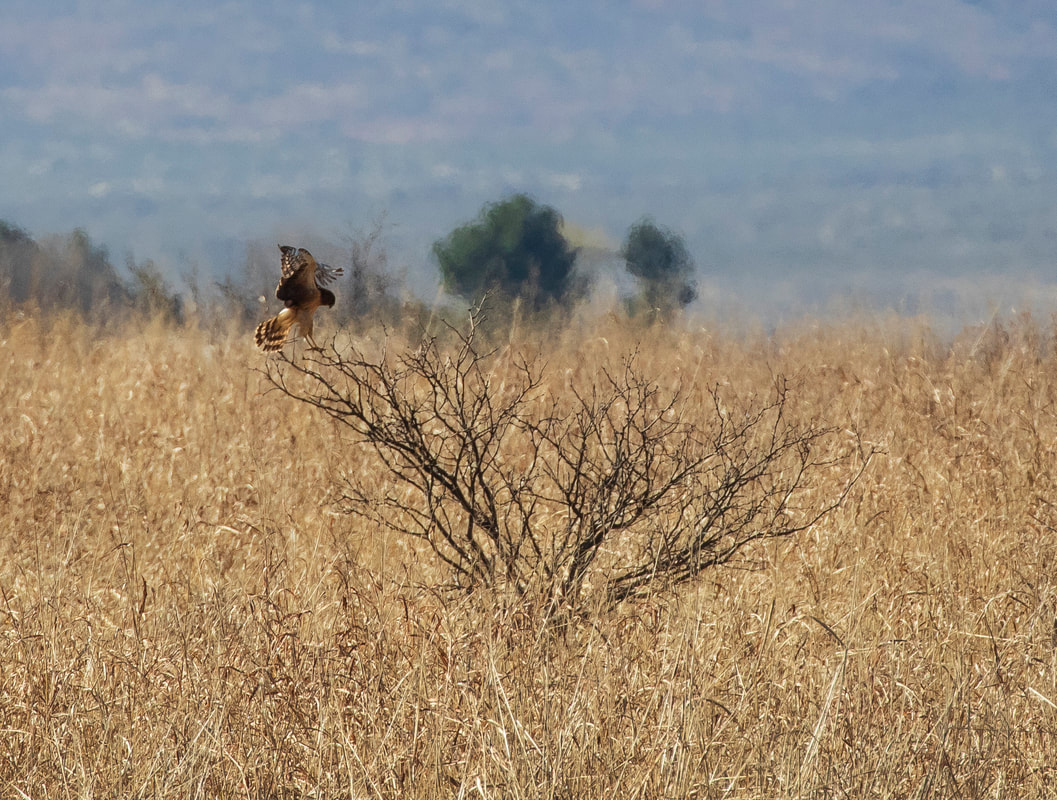
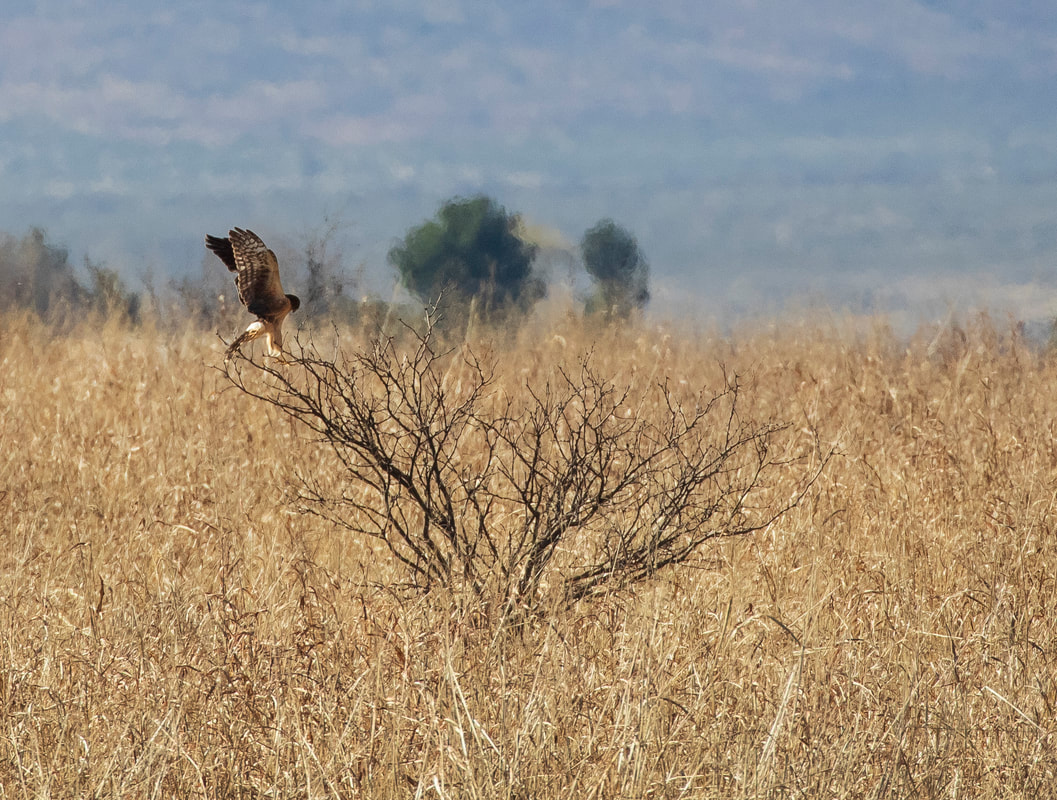
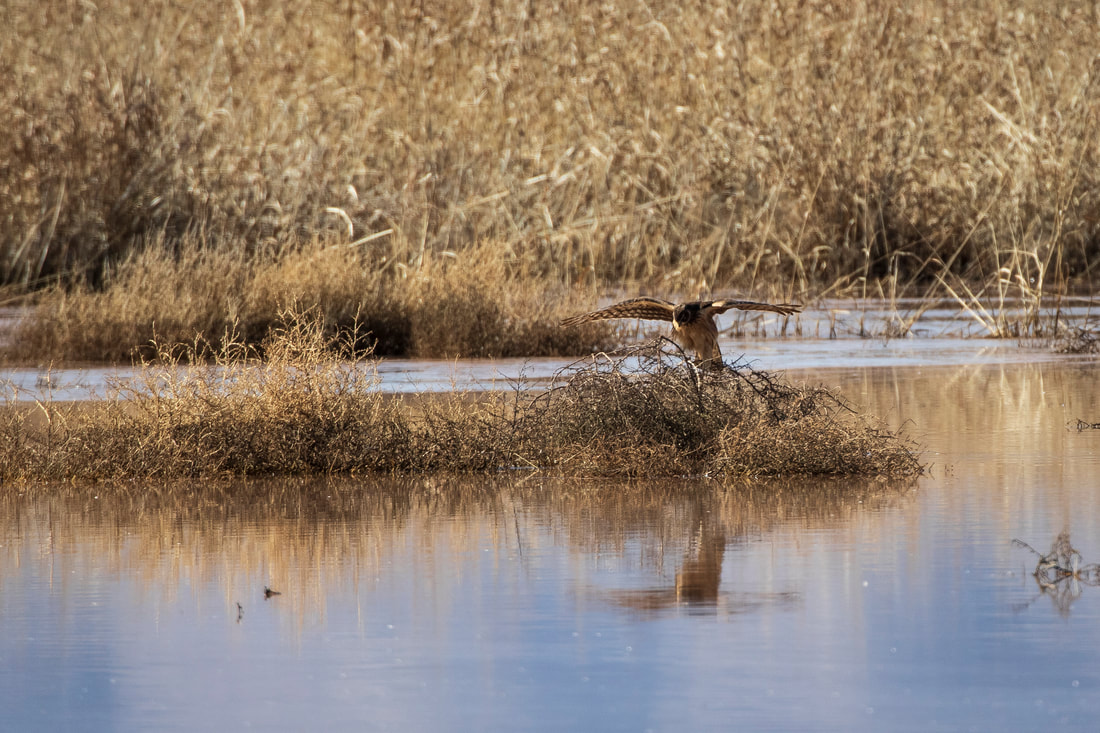
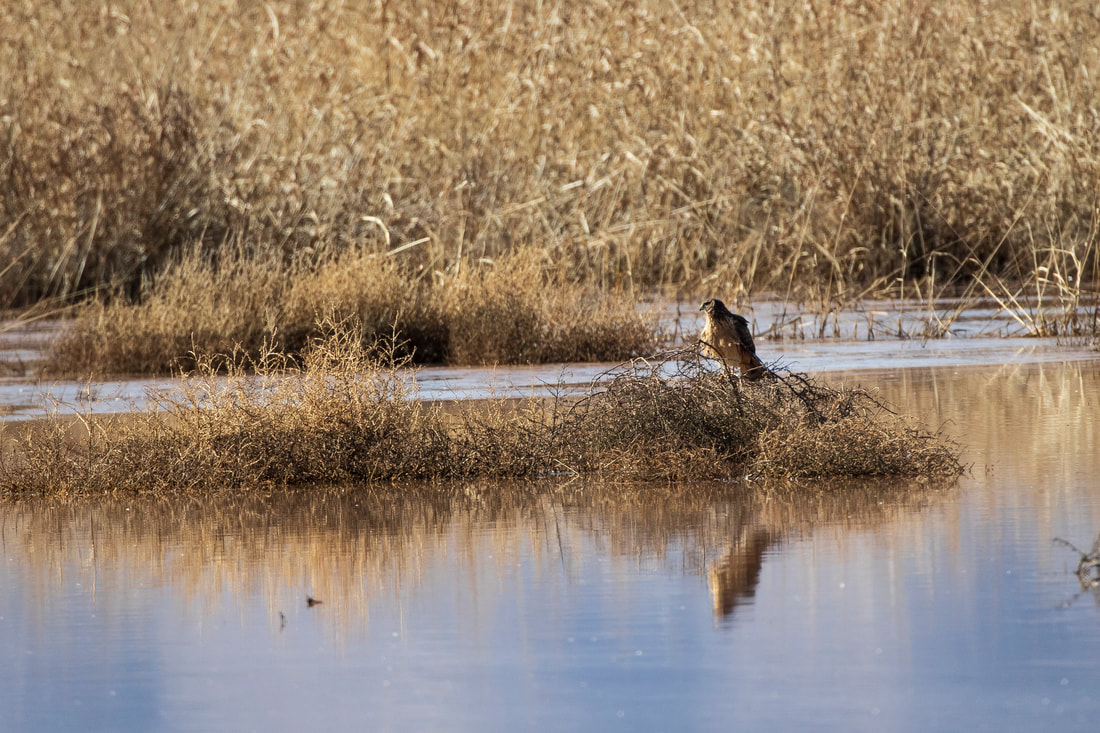
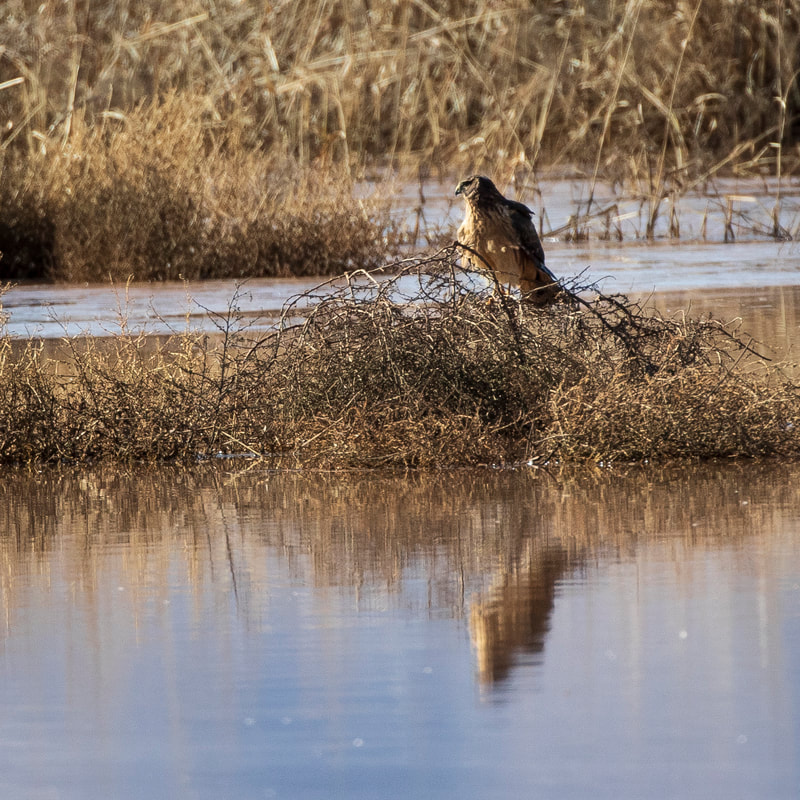
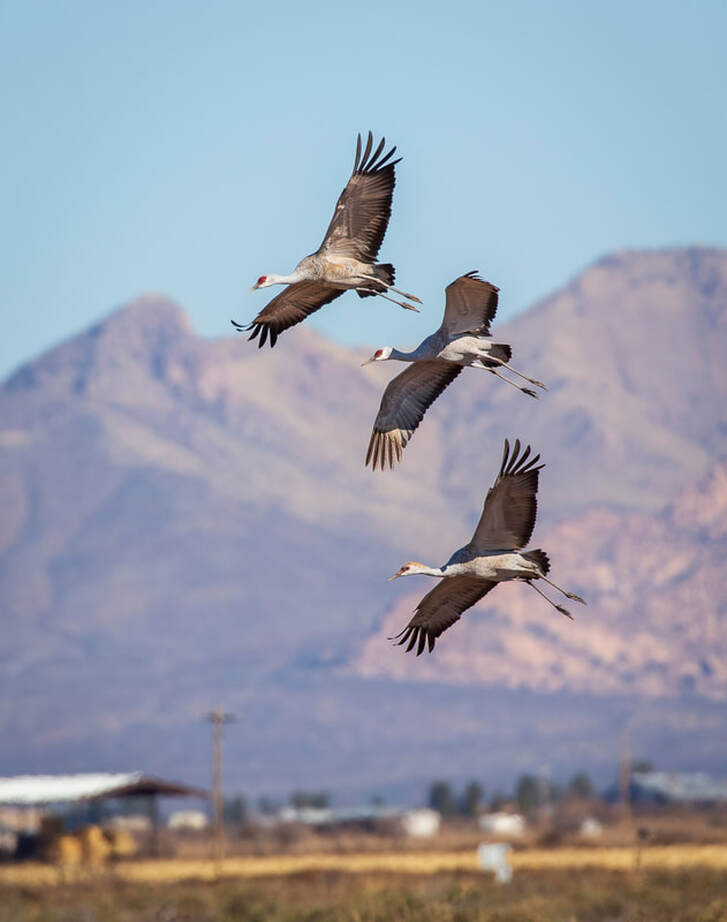
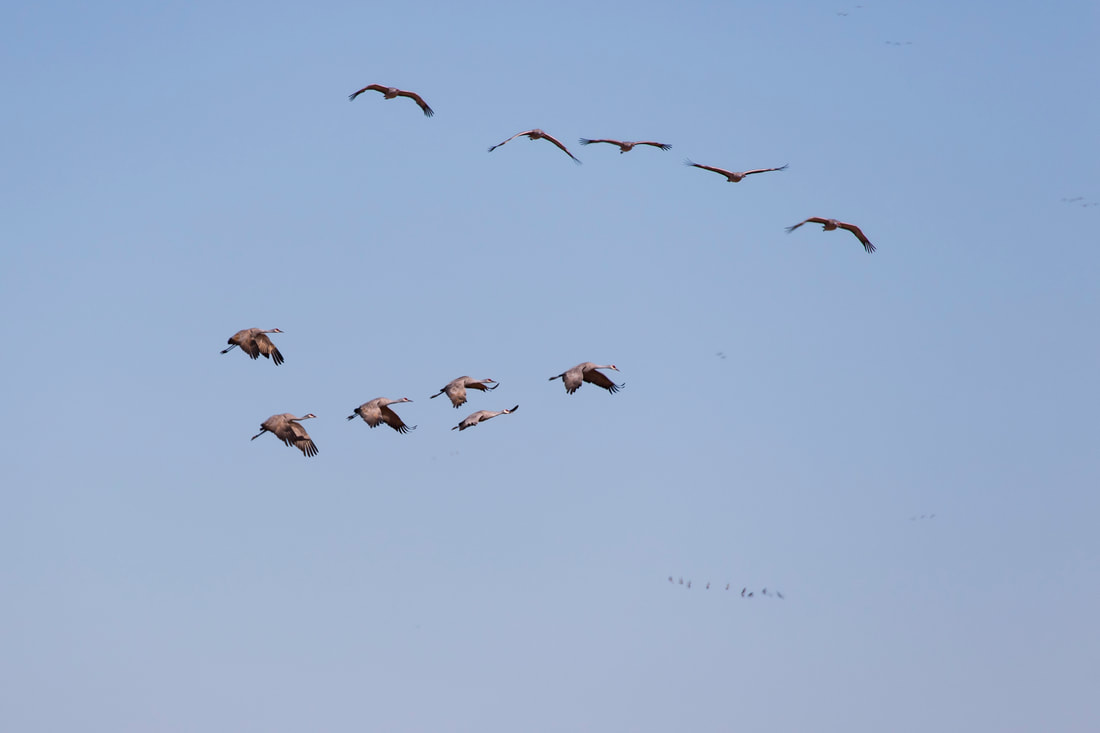
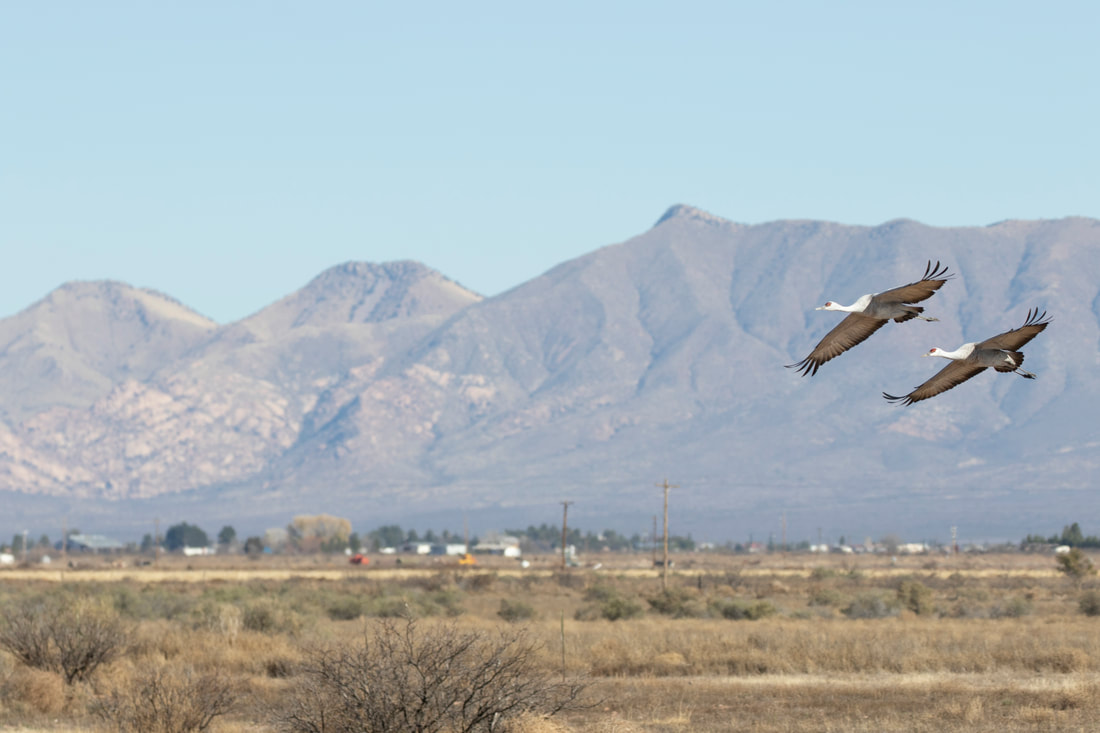
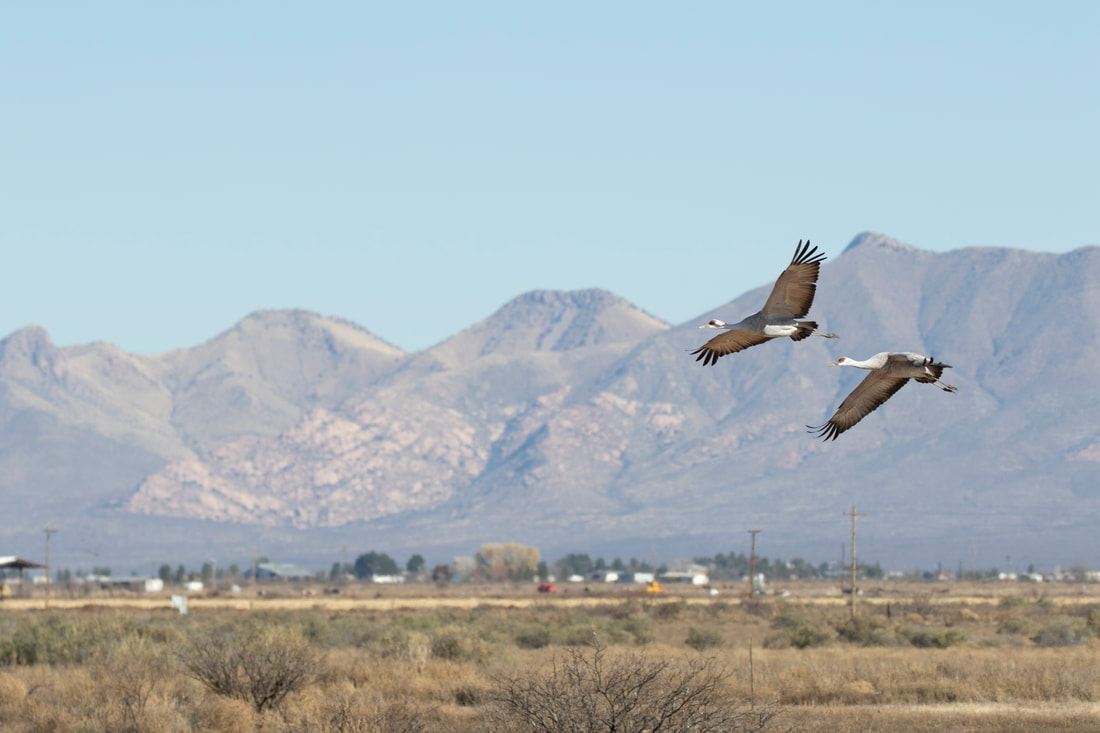
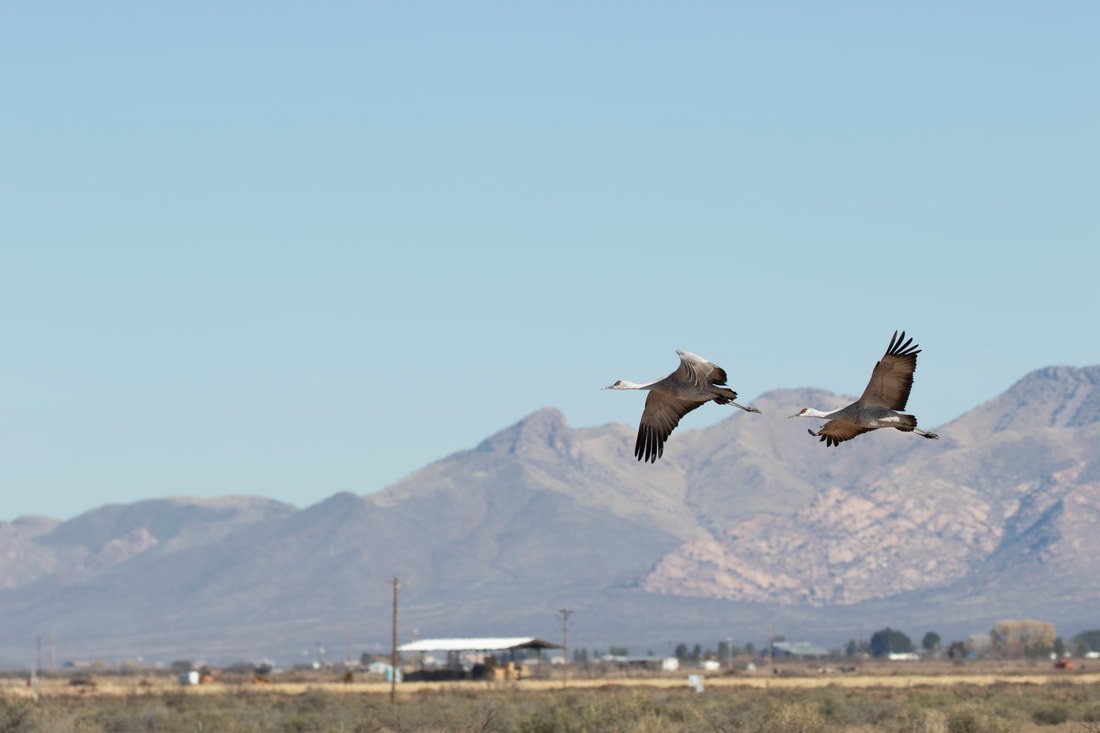
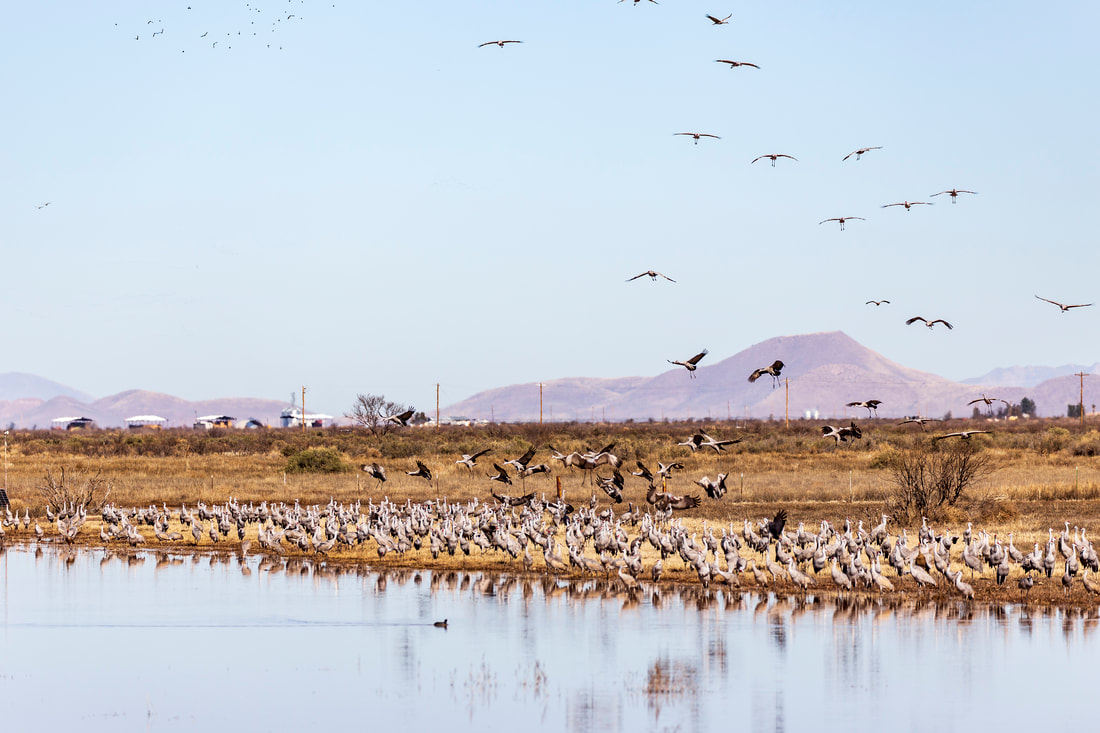
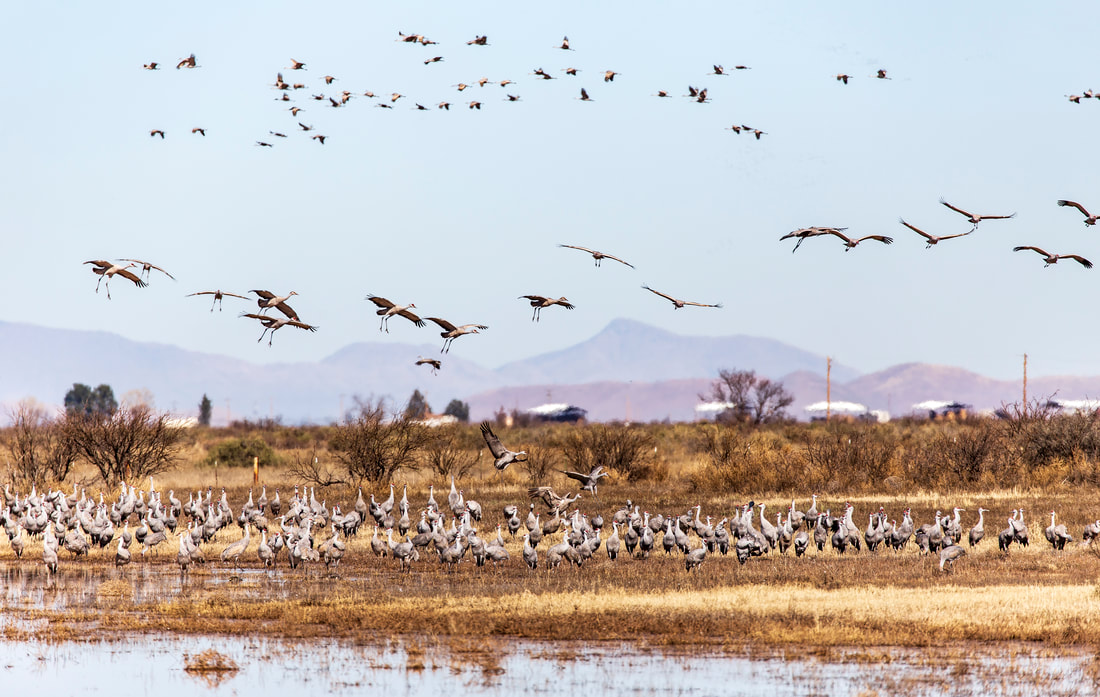
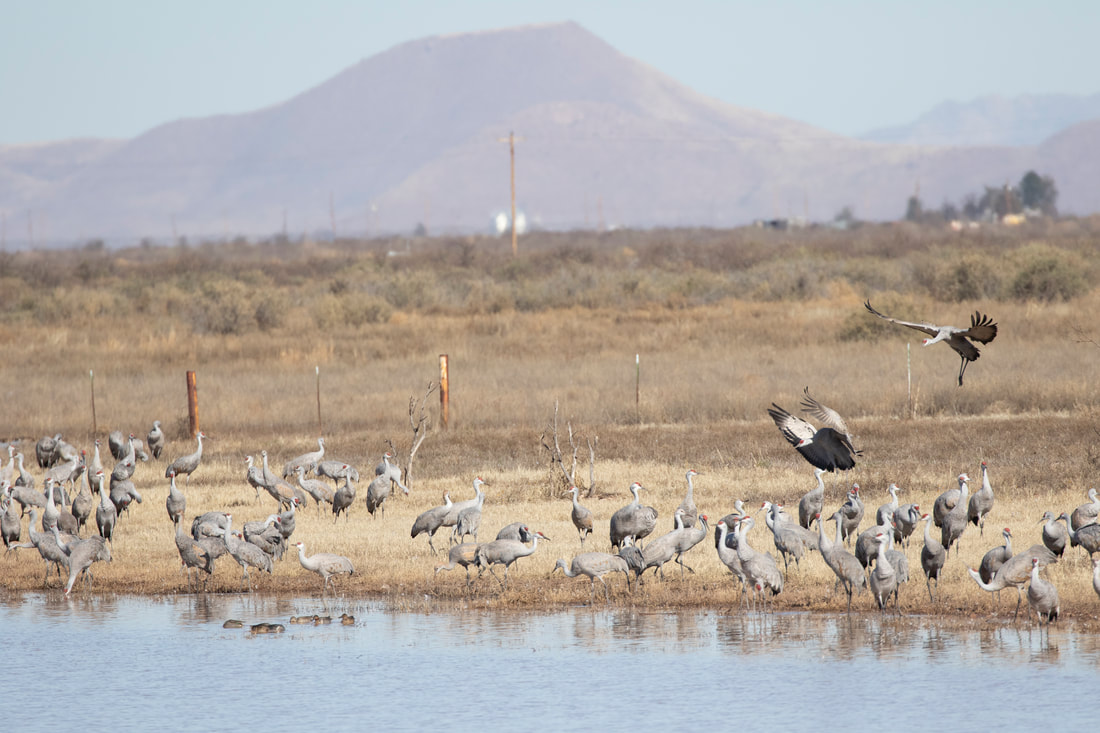
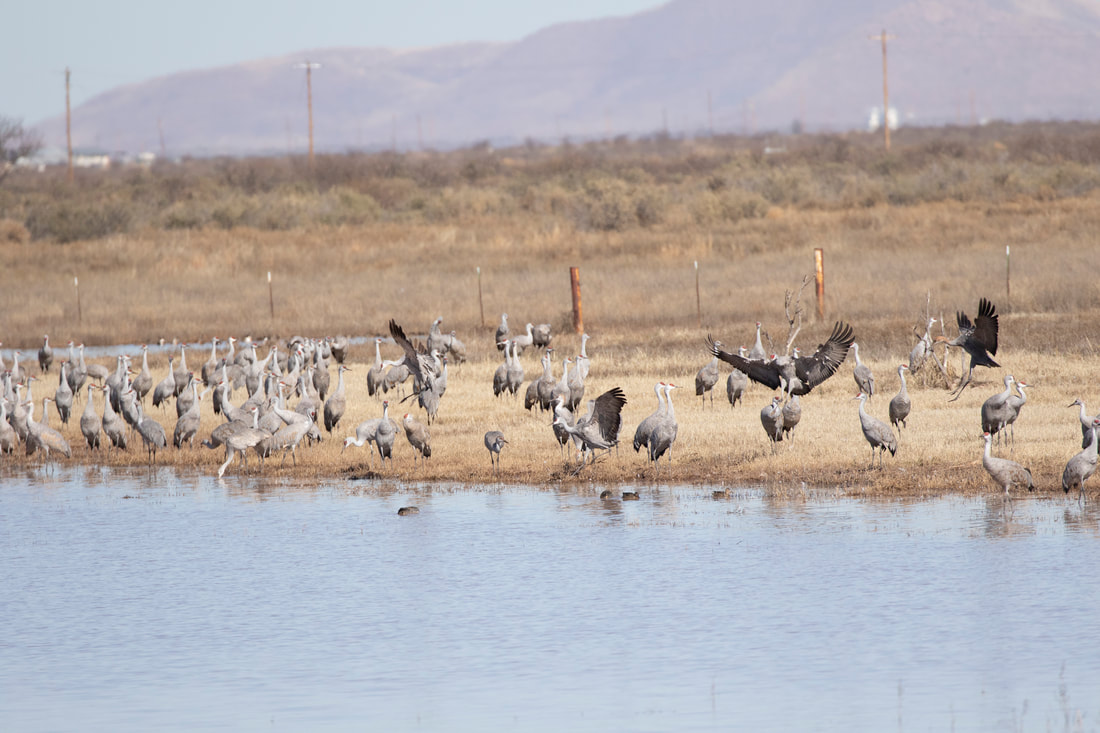
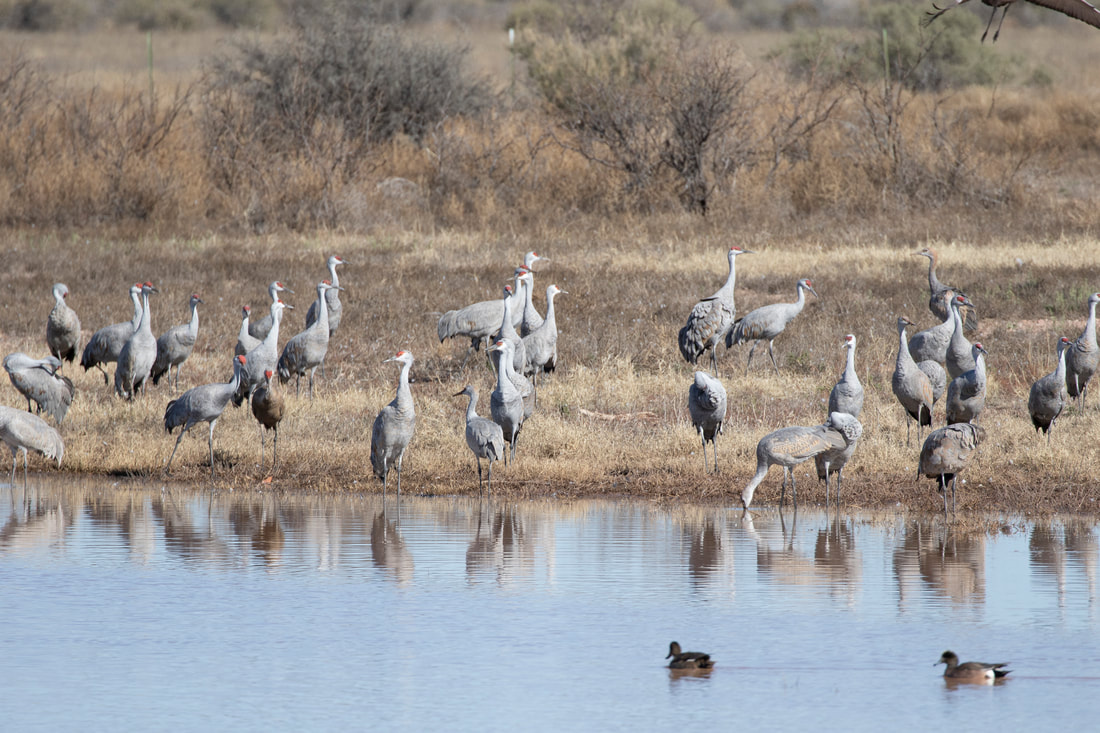
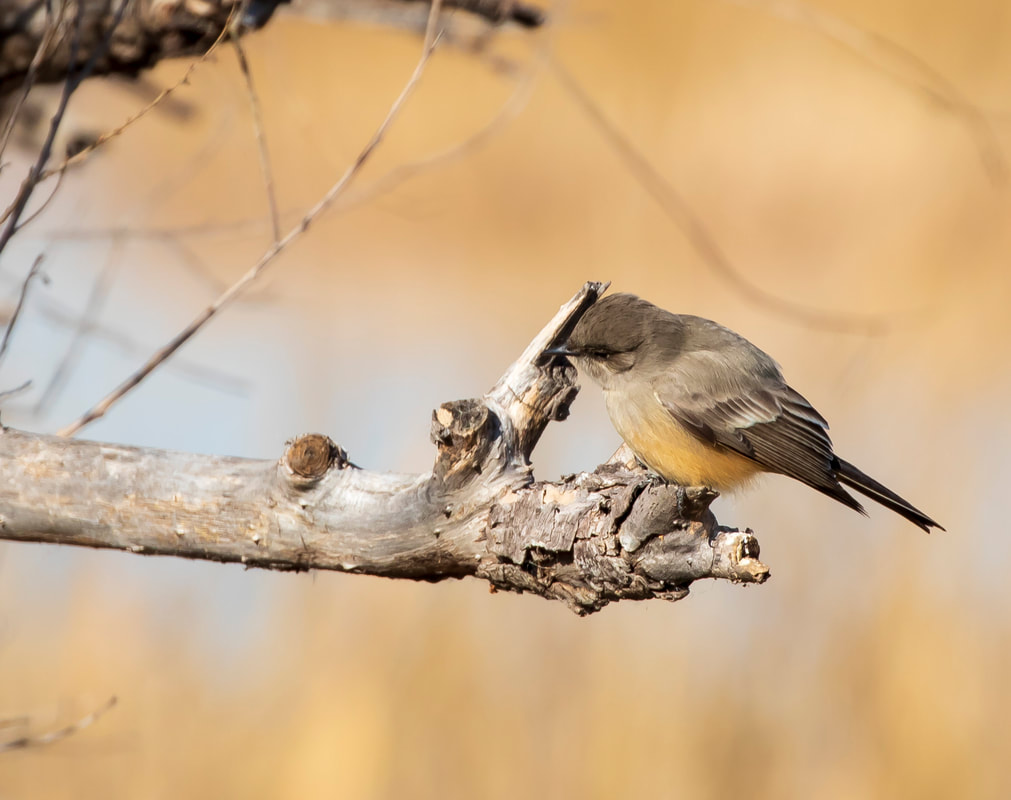
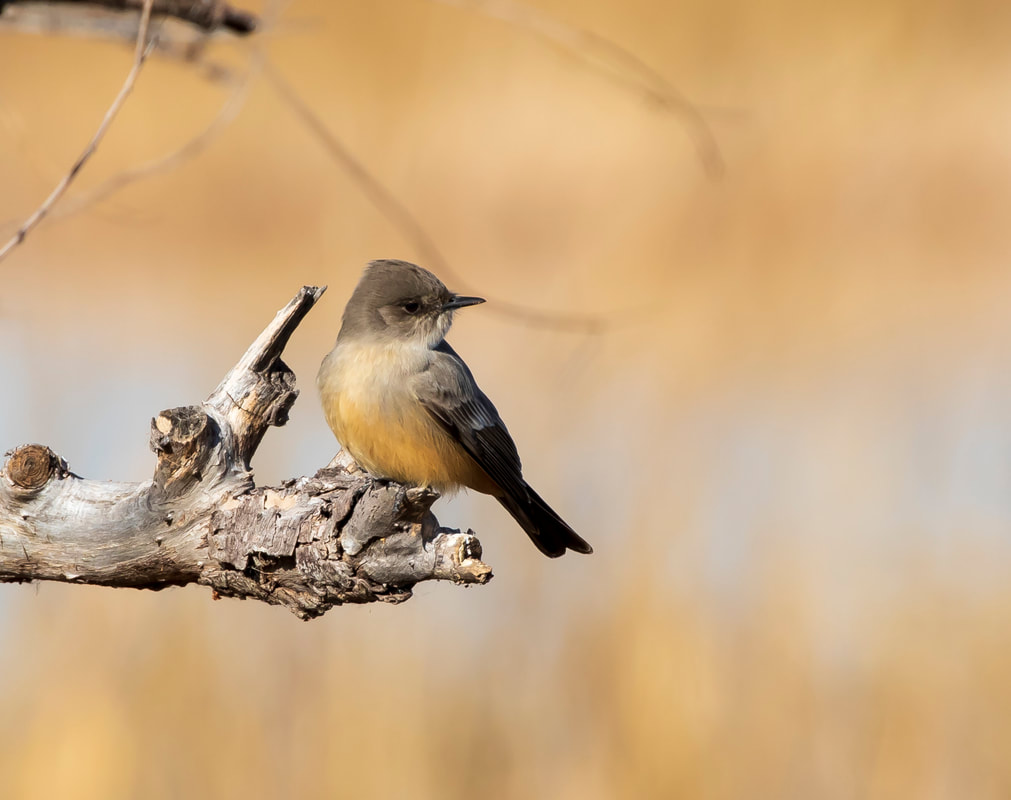
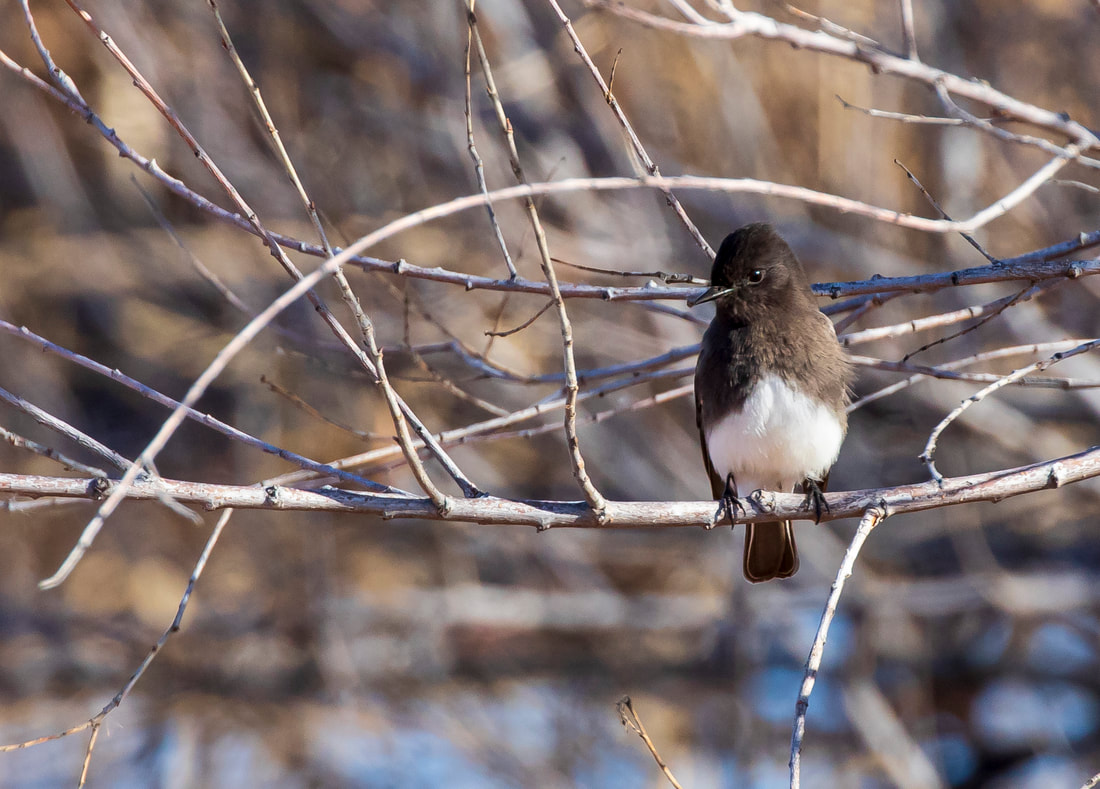
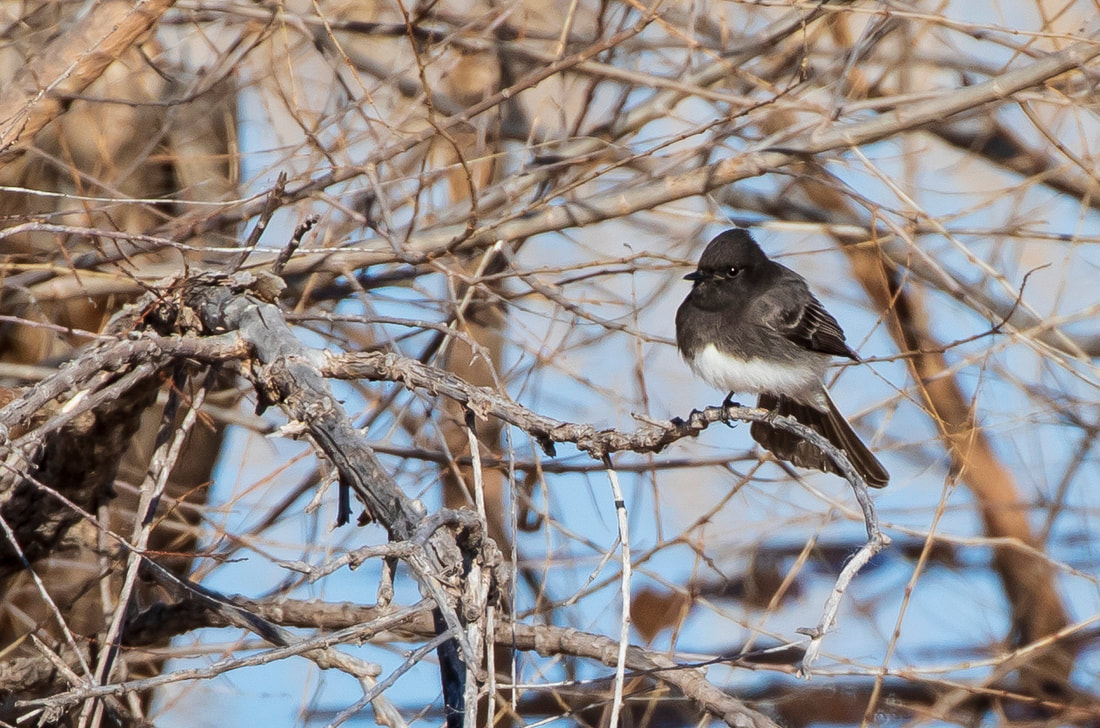
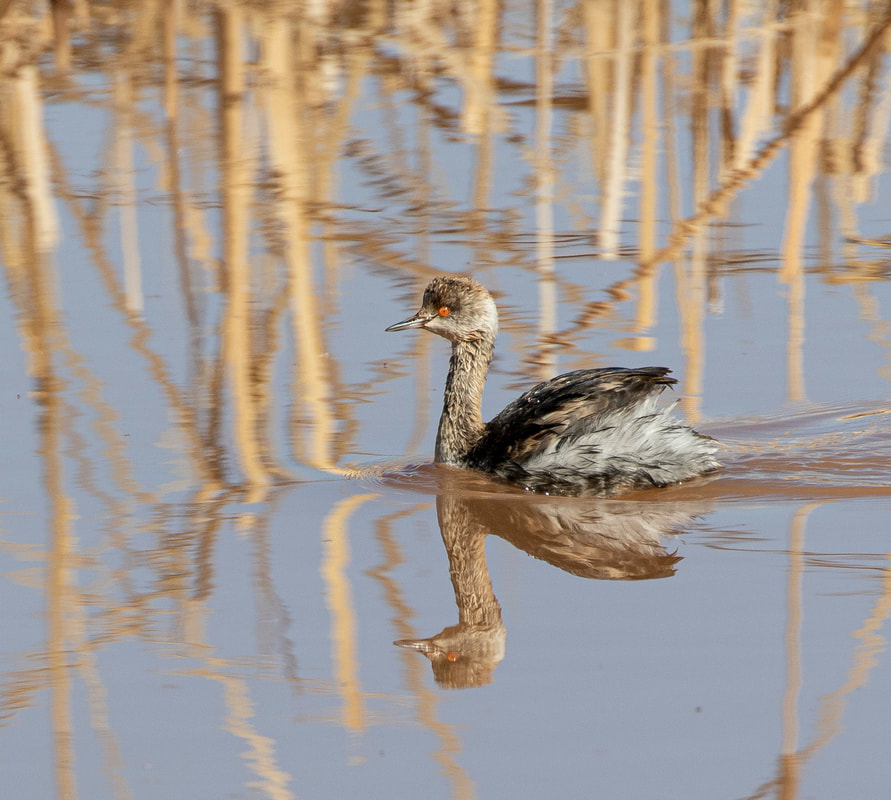
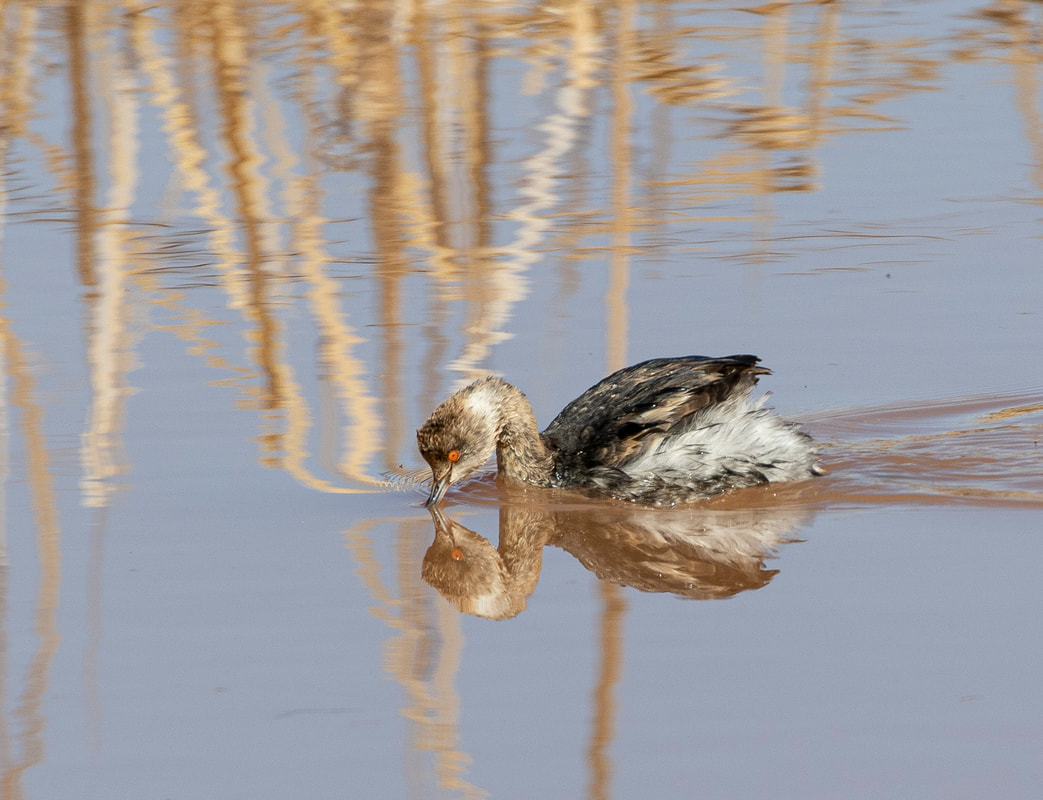
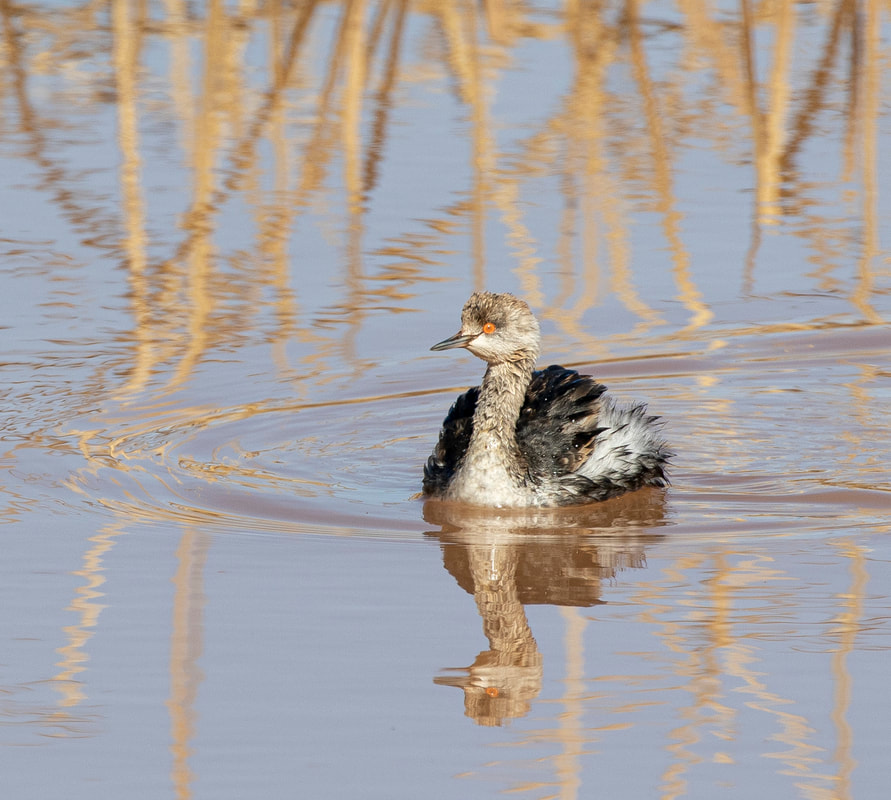
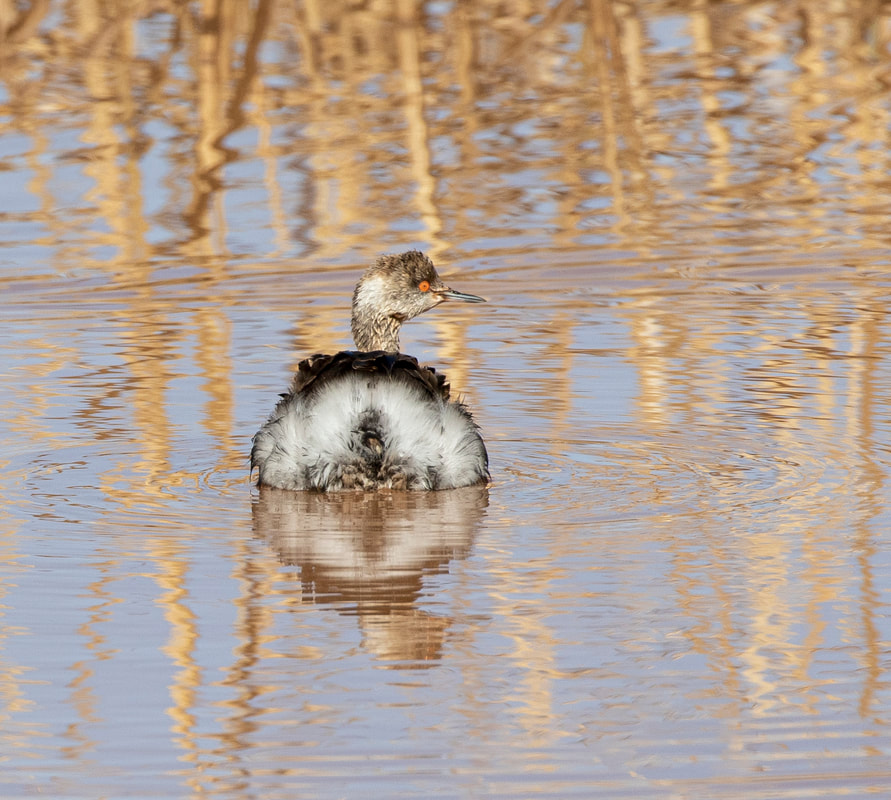
 RSS Feed
RSS Feed